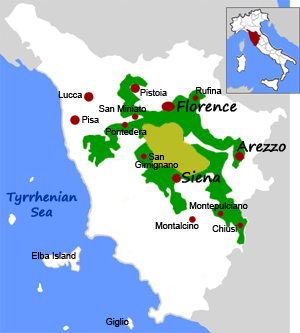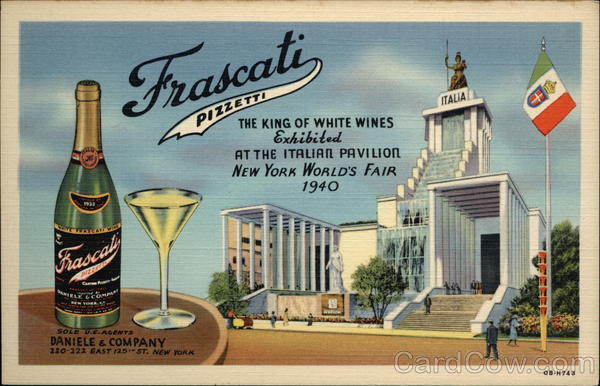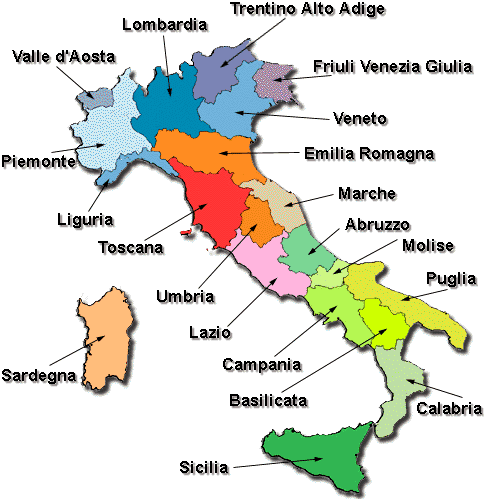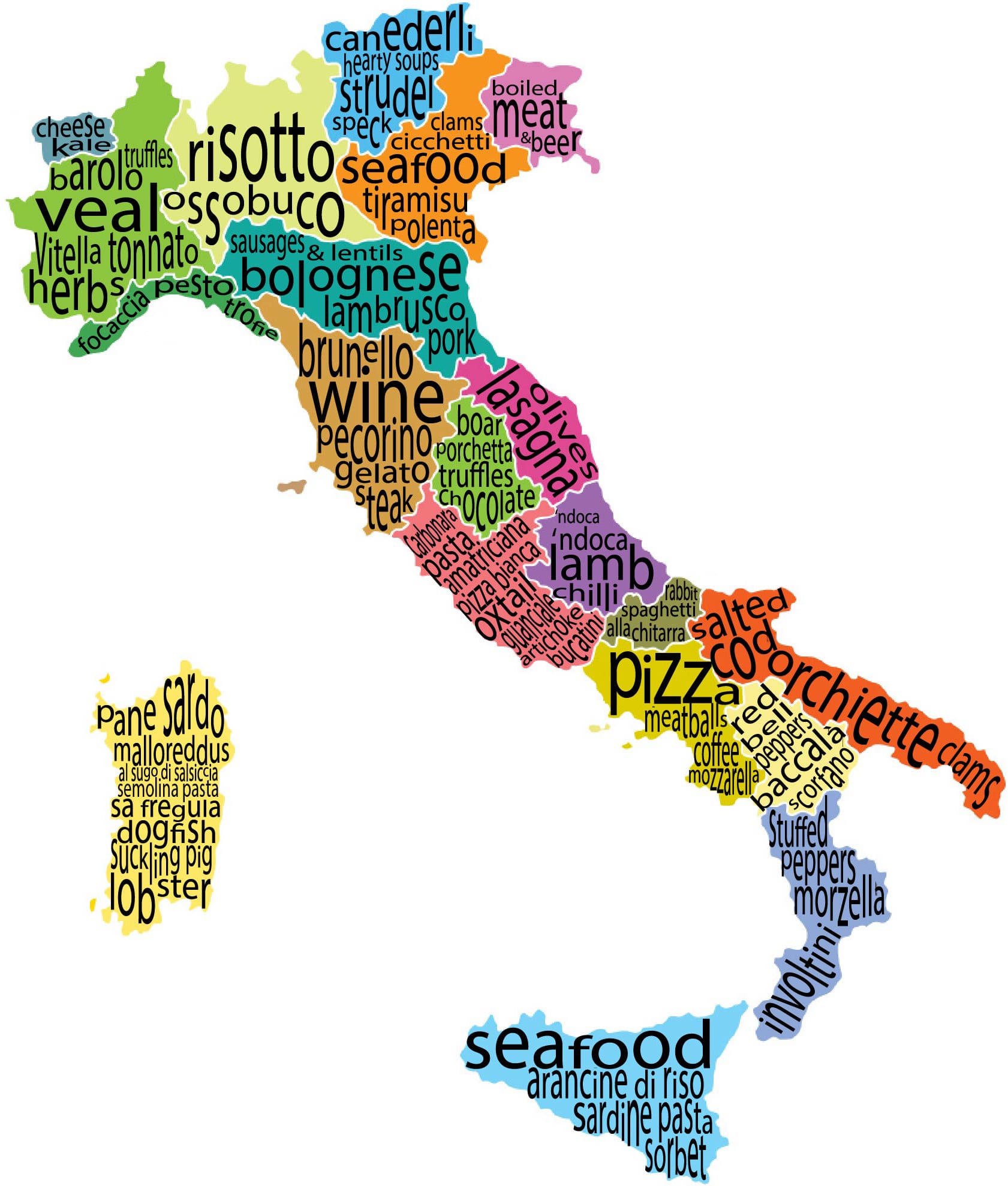For my first food update, I decided to cook something that I've been meaning to make for a long time now: rabbit.
 |
| Sorry buddy. You're adorable, but also delicious. |
It's not something that you see very often in the States, which is really a shame considering how tasty it can be. I first had rabbit during my first trip to Italy, during a semester abroad back in 2008. I don't remember exactly how it was prepared, but considering it was autumn and it was in Alba, it probably had a lot of truffles in it. My version was much more pedestrian, but definitely delicious.
From what I can find online, apparently rabbit is becoming more common in US supermarkets. I don't believe that you can find wild rabbit (for the same reason that you wont find venison for sale at the grocery store), but apparently they are being farmed back in the States. For my Columbus friends, I'm 99% sure that you can find some
coniglio (as the Italians call it) at the North Market, from the same vendor who sells the duck, geese, etc.
As with most foods, the key to getting a good final product out of your rabbit is selecting the right cooking method. In this case, braising (i.e. cooking in a flavorful liquid, usually over a fairly long period of time). Rabbit is super, super lean, so most cooking methods would leave it dry and tough. By cooking the meat in a tasty liquid though--in this case, white wine--the meat stays nice and moist, and eventually becomes fall-off-the-bone tender. I considered doing a red wine braise, but that seemed too heavy considering it's still quite warm out (though apparently nowhere near as hot as the US is right now. Hang in there everyone!). Since I went with white wine instead, what I've made is essentially
una fricassea, something we typically associate more with French cooking. You can think of it as not quite a sautè (too much liquid), not quite a stew (not
only cooked in liquid). I made this by adapting
this recipe. In Italian, this would be called
Coniglio Bianco, aka White Rabbit.
 |
| But not THAT White Rabbit |
For cookware, you'll need a fairly large pan like a sautè pan or braiser, as well as a little skillet or something for cooking the mushrooms (and the roux, if you want to add it). As for the actual ingredients, you'll need onion, carrot, celery, garlic, mushrooms, a couple sprigs of rosemary, white wine, olive oil, butter, and flour (you only need the last two if you want to make a roux, depending on how you want the sauce to be at the end).
To start, chop up your mirepoix and crush a few cloves of garlic:
 |
| You want roughly equal parts celery, carrot, and onion. For this, I used one carrot and 2 (each) stalks of celery and onions. They don't seem to grow the same monstrous produce here as the US does. |
I went with crushed garlic rather than minced because I didn't want it to become overpowering. I love me some garlic, but since rabbit can be kind of delicate I thought I'd err on the side of caution. Put your pan on medium-low heat and add some olive oil, a tablespoon or two. Toss in your mirepoix and add some salt. You want to cook for ~10 minutes, until they all start to soften. I added the garlic about halfway through this process, since it can burn so much more easily than the other elements.
 |
| You're not going for color here, you're just trying sweat some moisture out and build a base of flavor. As you cook, the color will get more vibrant, and eventually get dull again. When it starts to go dull, you're just about there. |
While the veggies are cooking, make sure your rabbit is ready to hit the pan. I had literally no idea what I was doing here, so I just cut it into reasonably sized chunks. Then, salt and pepper generously all over:
 |
| Note the knife on the right, which isn't really heavy enough to get through bone, and is entirely too dull. I'm trying to figure out the best way to acquire a better knife. |
Once the veggies are softened up, brown the rabbit on both sides. Note that you DON'T want to get a heavy sear on these. As I mentioned the meat is fairly delicately flavored, and as tasty as the
Maillard Reaction typically makes meats, it'll turn your delicious coney into something closer to plain old
pollo. After browning, it's time to deglaze the pan with some wine. How much depends on the amount of rabbit you have as well as the size of your pan. If it seems like you'll need too much, use some stock (veggie or chicken, or ideally rabbit if you can make some) to cut it. As I had none of those on hand I just used water, and it turned out great! Regarding the wine, you can use just about anything dry. I do want to mention that you shouldn't buy the cheapest bottle you can find, though. A good rule of thumb for cooking with wine is not to use anything you wouldn't drink otherwise; those flavors you didn't like when you drank it are going to come through in the food you're preparing. No need to break the bank, but if you wouldn't drink a glass of Two Buck Chuck, don't cook with it. Besides, this dish screams for a nice glass of white when you're eating it; just cook with whatever you want to drink for the evening.
 |
| This is about how much liquid you want. You want it to come about halfway to three-quarters up the side of the meat, but not to cover it completely. Also note that I probably could have let the meat brown a little more, but it all turned out in the end. |
At this point, you also want to add a couple sprigs of fresh rosemary. Then, put a lid on the pot, reduce the head to a steady simmer, and let it cook for the next two hours or so. I decided to turn the meat around an hour into the process, but this probably wasn't necessary. It did let me check on the progress and taste the broth I was making though:
 |
| About an hour in |
At some point during this process, you also want to cook your mushrooms. While you could just toss them in near the end, mushrooms taste much better if you cook them in a little fat first, and get them to give up their liquid. Then, when you add them to your braise, they'll soak up some of that delicious broth. I like to quarter rather than slice mushrooms, but it doesn't really matter. Heat up some olive oil in a skillet and sautè until they look something like this:
 |
| See the liquid? Mushrooms will first absorb whatever they're placed in, and then after cooking long enough, release their liquid |
We're in the home stretch now! After about 2 hours, take the lid off and taste the liquid to see if you need to add anything. Mine needed a bit more salt and pepper. It was also at this point that I decided that I would need a roux to get the sauce how I wanted it. By the time it would have reduced to the thickness I wanted, I was afraid the meat would dry out and that there just wouldn't be enough juices left! So, I made a quick blonde roux, by melting some butter and then whisking in an equal amount of flour (I used a little under a tablespoon of each):
 |
| This is far from a great example of a roux, but it got the job done |
Do this over low heat and stir constantly, lest your blonde in
bianco get painted black.
 |
| Music puns, get it? Because the dish is called "White Rabbit"? And there's a Dylan album named Blonde on Blonde? Nevermind... |
Add the roux and the mushrooms to the pot, and simmer with the lid off for another 20 minutes. Presto!
 |
| Mmm mmm good |
To serve, I made some sautéed spinach to get some ruffage, and got good fresh, crusty bread for my starch. Alternatively, you could make some mashed potatoes, rice pilaf, pasta (a wide flat noodle like tagliatelle would be traditional), or even a risotto (though for the amount of work you're talking about, as well as how heavy all that food would be, I'd reserve that for the special-est of occasions).
Soooooo good! If you can track down some rabbit, you've gotta give this a try. I may do a modified version when it gets a little cooler out, with red wine and polenta. My only caveat would be that there are a fair number of small-ish bones, so you need to be a little careful when you're eating. However, I think that some of that has to do with the way you butcher the meat; if I had known what I was doing, I'm sure there would have been less.
Thanks for reading!























































